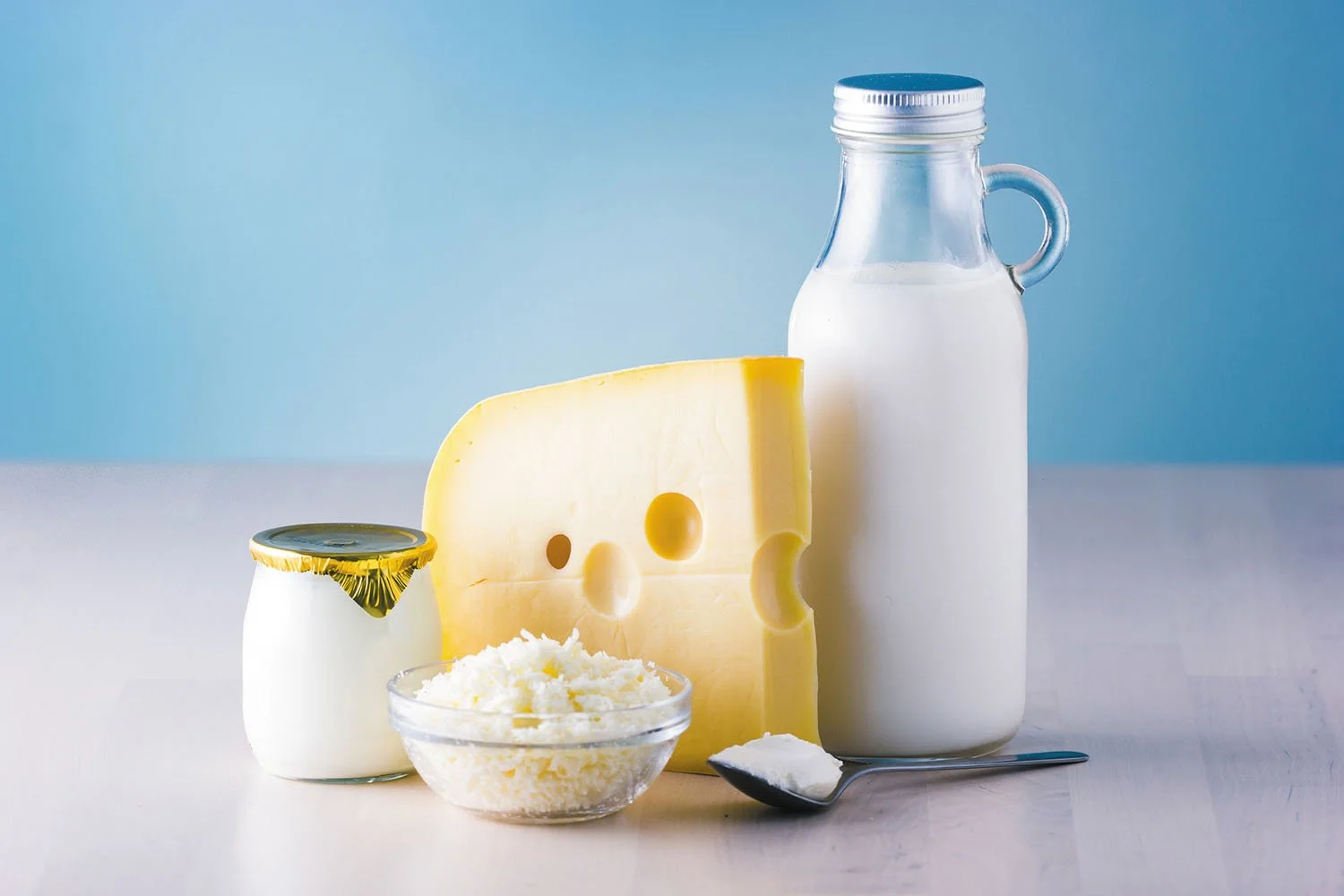Don’t Ditch the Dairy
By Katie KellyA consumer survey carried out by the National Dairy Council in 2017 found that 35% of Irish consumers were limiting or moderating some element of dairy in their diet. The most affected age group were young Irish women, with 41% doing so. The survey found that the key drivers of avoidance among young women were perceived fat content, allergy and intolerance.Having carried out my work placement with the National Dairy Council earlier this year, my opinion of dairy may be slightly biased, as I spent the 24 weeks surrounded by messages of the positive impacts that dairy consumption can have on our health and on Ireland’s economy. This transformed my perception of dairy, as I realised I had taken its nutritional benefits for granted.Many people choose to eliminate dairy from their diet for their own reasons, including choosing to follow a vegan diet or suffering from dairy allergy or intolerance. However, many may be restricting their intake unnecessarily due to misinformation, without considering the nutritional implications. With so much conflicting information available surrounding healthy eating, it can be very difficult to know what you should do. However, there are some facts I believe people should consider before considering ditching dairy: Half-a-Dozen Dairy Facts:
- The Department of Health recommends consuming 3 servings from the “milk, yogurt and cheese” food group each day. One serving is equal to 200ml of milk, 125g of yogurt or 25g (a matchbox size) of cheese.
- Milk is a source of calcium, which is needed for strong bones and teeth. Many dairy alternatives (such as almond milk) are not naturally sources of calcium. While some brands may be fortified with calcium, this is in a form which is less bioavailable than the form of calcium that is in dairy, and so is harder for our bodies to use.
- Dairy alternatives are not nutritionally equivalent to milk. For example, milk is one of the main food sources of iodine in the Irish diet, which contributes to normal cognitive function, including memory, attention, perception, reasoning and the ability to retain information. Most dairy alternatives which are fortified with other nutrients are not fortified with iodine, so be careful if you have made this swap!
- Milk is also a source of 6 other nutrients: phosphorus, protein, potassium, vitamin B2, vitamin B12 and vitamin B5, which all carry out important roles in the body.
- Milk allergies only affects 2-3% of the population and only 4-5% of the population are lactose intolerant. Most people with lactose intolerance can tolerate up to 12g of lactose in a single dose, which is more than is in a glass of milk, and a 25g serving of cheddar cheese only contains 0.03g of lactose. Therefore, many people may be able to consume a lot more dairy than they may think.
- Dairy may not be as “fattening” as you think. The term “full-fat milk” may be misleading, as it is actually only 3.5% fat! A 200ml glass of semi-skimmed milk provides less than 5% of the calories and the fat recommended in a standard 2,000kcal diet, along with all of the nutrients mentioned above. Therefore, it certainly has a part to play in a healthy and balanced diet.
Ideas for reaching your 3 dairy a day:
- Start off your day with milk – it could be added to porridge, poured over cereal, or as a milky latte.
- Add a dash of milk to scrambled eggs or omelettes when you’re cooking.
- Add cheese to your sandwich at lunch time… What’s not to love about a good cheese toastie?
- Include yogurt as a snack at any time of the day. Natural yogurt is the best option as it is lower in sugar than flavoured versions. Enjoy it with fresh fruit or berries to help you to reach your recommended 5-7 portions of fruit and vegetables each day.


